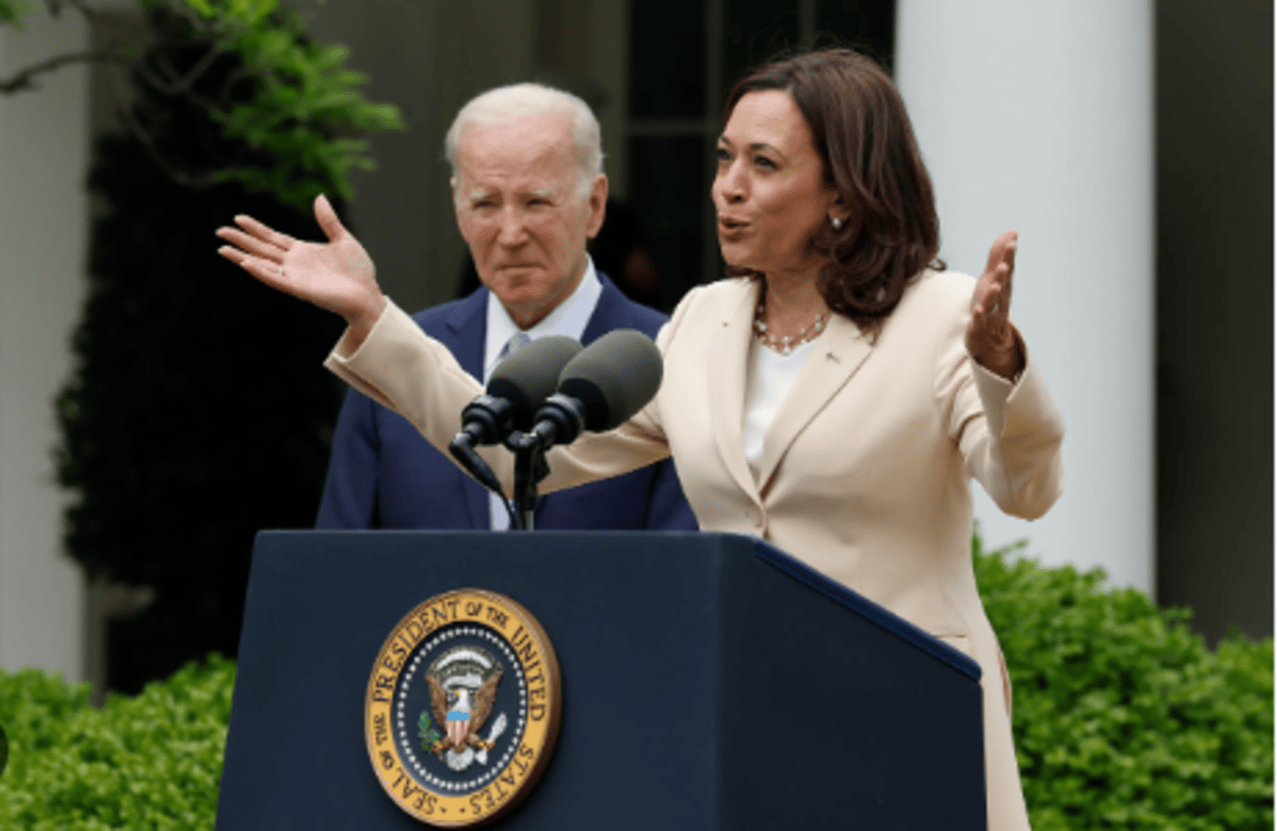Introduction
Since taking office in January 2021, the Biden-Harris administration has overseen a remarkable economic recovery, with the U.S. economy growing by 12.6%—the highest growth rate recorded during any presidential term this century. This article explores the factors contributing to this growth, backed by data and research findings.
Economic Growth Overview
According to the Bureau of Economic Analysis (BEA), the U.S. GDP experienced significant expansion in the aftermath of the COVID-19 pandemic, driven by government stimulus measures, consumer spending, and a resurgence in business activity. The growth rate of 12.6% is a testament to the effective policies implemented by the administration to combat economic stagnation.
- Quarterly Growth Rates: The GDP growth rate in the third quarter of 2021 was reported at 6.7%, followed by 5.5% in the first quarter of 2022. These figures indicate a strong recovery trajectory, reinforcing the administration’s economic strategy.
Key Factors Driving Economic Growth
- American Rescue Plan:
Enacted in March 2021, the American Rescue Plan provided direct financial relief to millions of Americans, extended unemployment benefits, and funded COVID-19 vaccinations. According to the U.S. Treasury, this plan contributed to a surge in consumer spending, which accounts for approximately 70% of U.S. economic activity. - Infrastructure Investment and Jobs Act:
Signed into law in November 2021, this act allocated $1.2 trillion for infrastructure improvements, including transportation, broadband, and energy projects. The American Society of Civil Engineers projects that these investments will create millions of jobs and stimulate economic growth over the coming years. - Labor Market Recovery:
The unemployment rate, which peaked at 14.8% in April 2020, has steadily declined, reaching around 3.5% by early 2024. This recovery has been fueled by job creation across various sectors, including hospitality, manufacturing, and technology. According to the Bureau of Labor Statistics (BLS), the economy added over 12 million jobs since January 2021. - Consumer Confidence:
Consumer confidence, as measured by the Conference Board, has rebounded significantly since the lows of the pandemic. Increased confidence among consumers has led to higher spending, further propelling economic growth. The index rose to 131.4 in early 2024, reflecting optimism about the economic outlook.
Challenges and Critiques
Despite these positive indicators, the Biden-Harris administration faces challenges such as inflation and supply chain disruptions. Inflation rates surged in 2021 and 2022, prompting debates over the administration’s policies. The Consumer Price Index (CPI) indicated a rise of 7% in 2021, but experts argue that this was primarily driven by global supply chain issues and pandemic-related factors rather than domestic policy failures.
Conclusion
The data clearly indicate that the Biden-Harris administration has presided over a period of significant economic growth, with a 12.6% increase in GDP marking the most substantial expansion of any presidential term this century. While challenges remain, the strategies implemented by the administration have laid the groundwork for ongoing recovery and growth. As the economy continues to evolve, ongoing assessments and adjustments will be crucial in ensuring that this positive trajectory is sustained.
References
- Bureau of Economic Analysis (BEA). (2024). Gross Domestic Product, 3rd Quarter 2021 and 2022.
- U.S. Treasury. (2021). American Rescue Plan: Key Provisions.
- American Society of Civil Engineers. (2021). 2021 Infrastructure Report Card.
- Bureau of Labor Statistics (BLS). (2024). Employment Situation Summary.
- Conference Board. (2024). Consumer Confidence Index.



